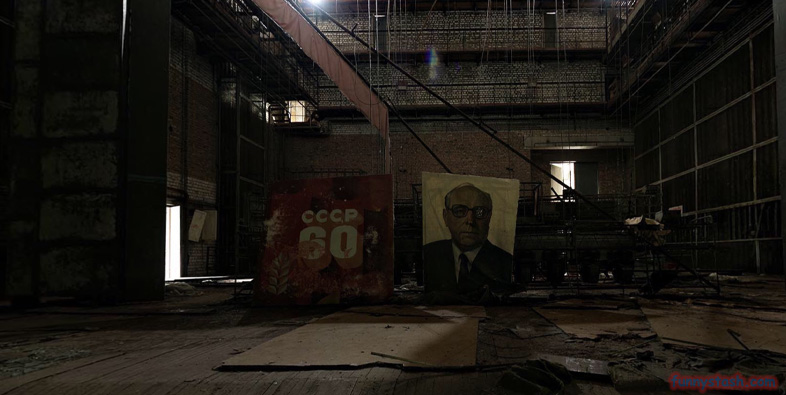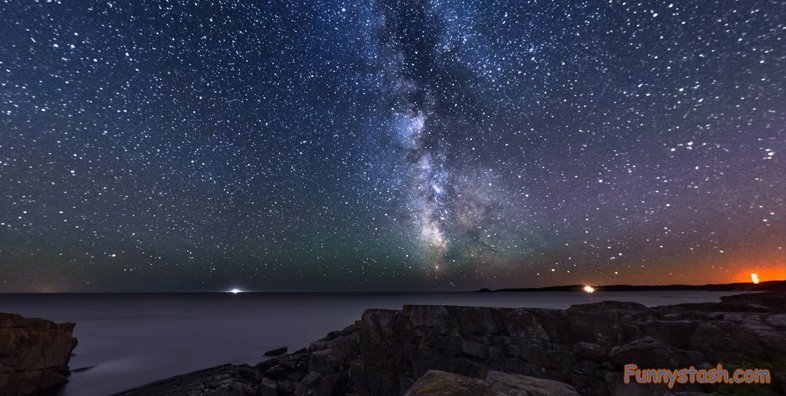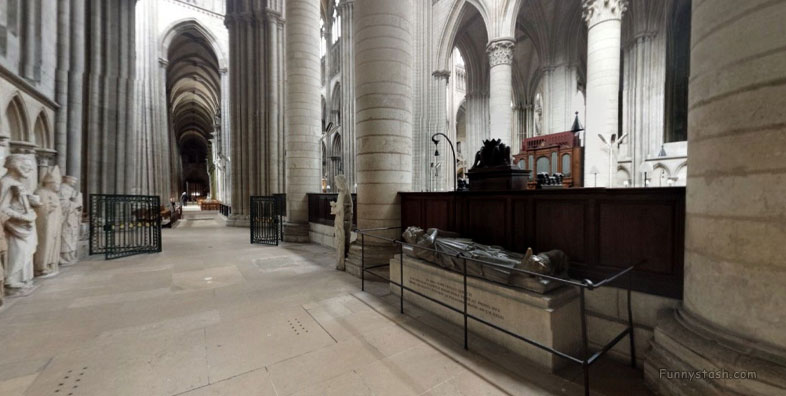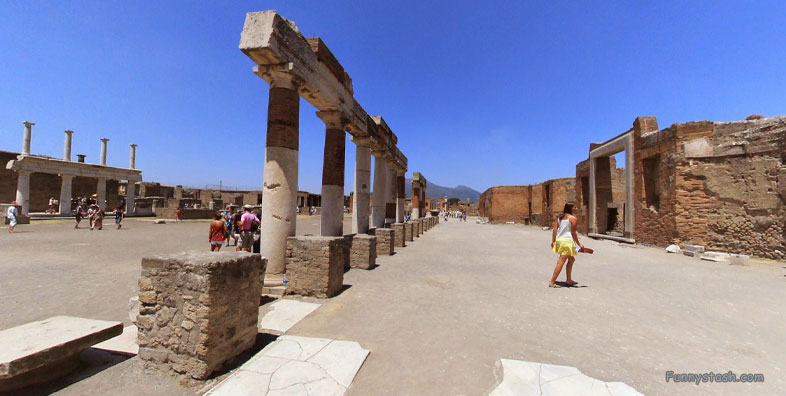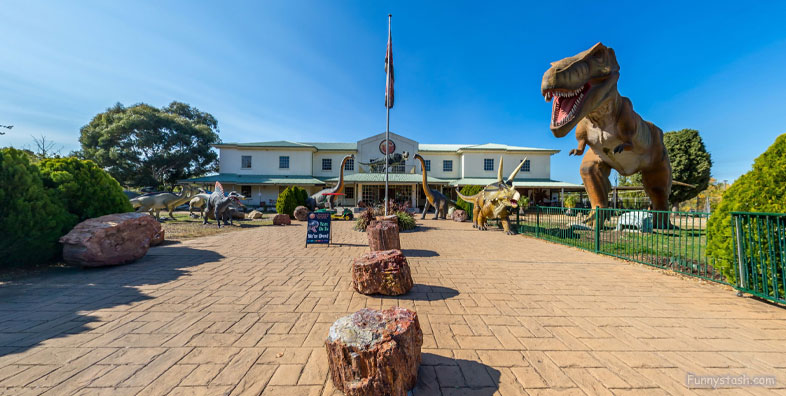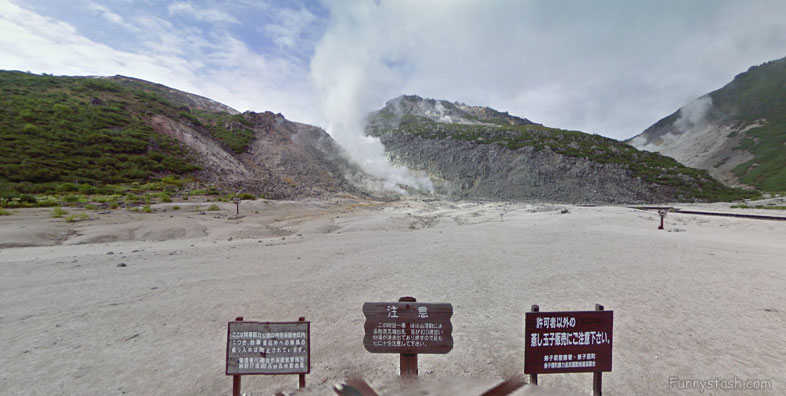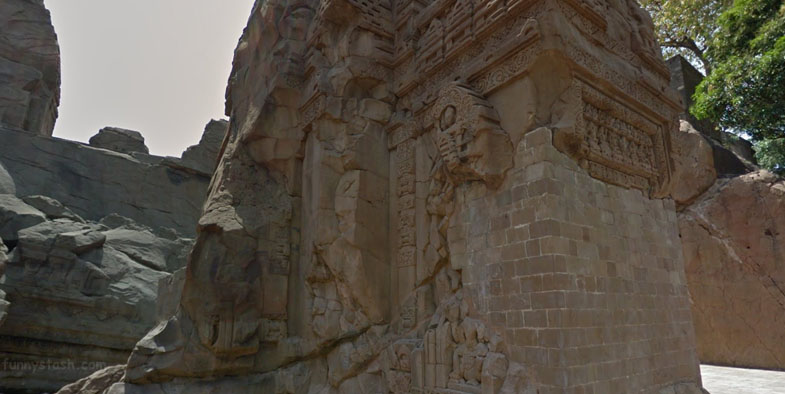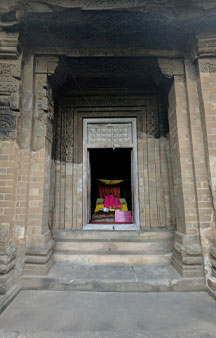Gps Coordinates / 32.0730003,76.1373446
Tibet Temple tour Google Map VR 8th century
Masroor, Lahalpur, Himachal Pradesh 176026, India
The Masrur Temples, also referred to as Masroor Temples or Rock-cut Temples at Masrur, is an early 8th-century complex of rock-cut Hindu temples in the Kangra Valley of Beas River in Himachal Pradesh, India. The temples face northeast, towards the Dhauladhar range of the Himalayas. They are a version of North Indian Nagara architecture style, dedicated to Shiva, Vishnu, Devi and Saura traditions of Hinduism, with its surviving iconography likely inspired by a henotheistic framework.
Link Location Gps / Gps Link 32.0726892 / Gps Link 32.0726461 / Gps Link 32.0727134
Gps Coordinates / 32.0726892,76.1375799 / 32.0726461,76.1375127 / 32.0727134,76.1375556
The Masrur Temples, also referred to as Masroor Temples or Rock-cut Temples at Masrur, is an early 8th-century complex of rock-cut Hindu temples in the Kangra Valley of Beas River in Himachal Pradesh, India. The temples face northeast, towards the Dhauladhar range of the Himalayas. They are a version of North Indian Nagara architecture style, dedicated to Shiva, Vishnu, Devi and Saura traditions of Hinduism, with its surviving iconography likely inspired by a henotheistic framework.
Link Location Gps / Gps Link 32.072796 / Gps Link 32.0728786 / Gps Link 32.0728951
Gps Coordinates / 32.072796,76.1374911 / 32.0728786,76.1374275 / 32.0728951,76.1377716
The period between 12th and 19th century was largely of religious wars and geo-political instability across the Indian subcontinent, and the literature of this era do not mention Masrur temples or present any scholarly studies on any Hindu, Jain or Buddhist temples for that matter, rather they mention iconoclasm and temple destruction. After the 12th century, first northwestern Indian subcontinent, then India, in general, witnessed a series of plunder raids and attacks of Turko-Afghan sultans led Muslim armies seeking wealth, geopolitical power and the spread of Islam.
Link Location Gps / Gps Link 32.0731104 / Gps Link 32.0729372 / Gps Link 32.0729914
Gps Coordinates / 32.0731104,76.137276 / 32.0729372,76.1372466 / 32.0729914,76.137567
The site was already damaged but still in decent condition in the late 19th-century. Hargreaves wrote that, "the remote situation and general inaccessibility of the temples have been at once the cause of their neglect and of their fortunate escape from the destroying hands of the various Muhammadan invaders of the valley". In the 1905 Kangra earthquake, the Himachal valley region was devastated. Numerous ancient monuments were destroyed. However, although parts of the Masrur temple cracked and tumbled, the temple remained standing, because of its monolithic nature built out of stone in-situ.
Gps Coordinates / 32.0730531,76.1372533
The temple complex has a sacred pool in front on the east side. The construction of the sacred pool is dated to the early 8th century. Its rectangular dimensions are about 82 ft × 164 ft, or two stacked squares. The temple had an outside square mandapa with about 27 feet (8.2 m) side and 20 feet (6.1 m) height. It had a solid 1.5 feet (0.46 m) thick roof supported by four carved massive pillars. The platform had a covered drainage system to allow water anywhere on the mandapa to naturally drain off. This was visible before the 1905 quake, now only remnants of the floor and a pillar remain.
